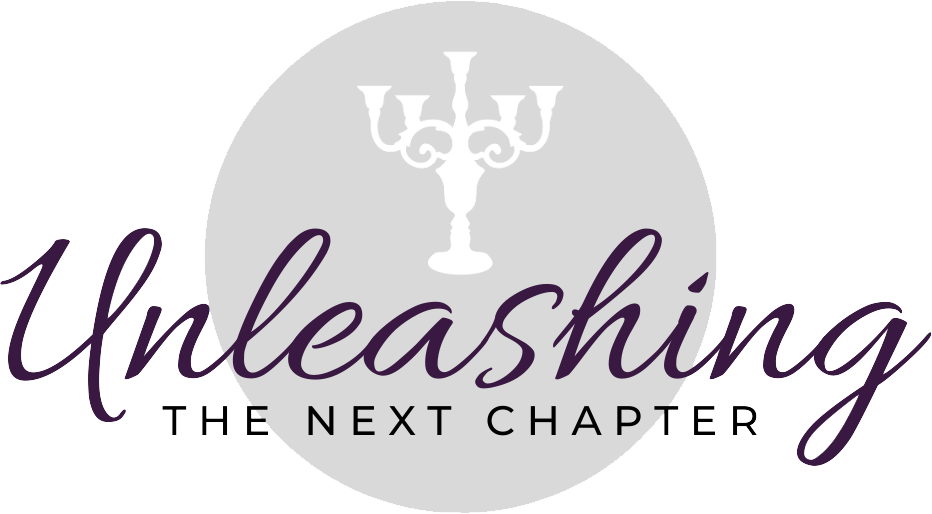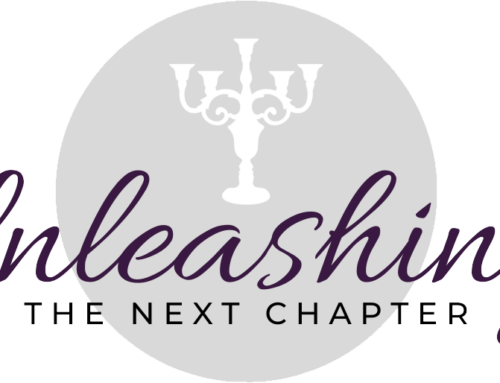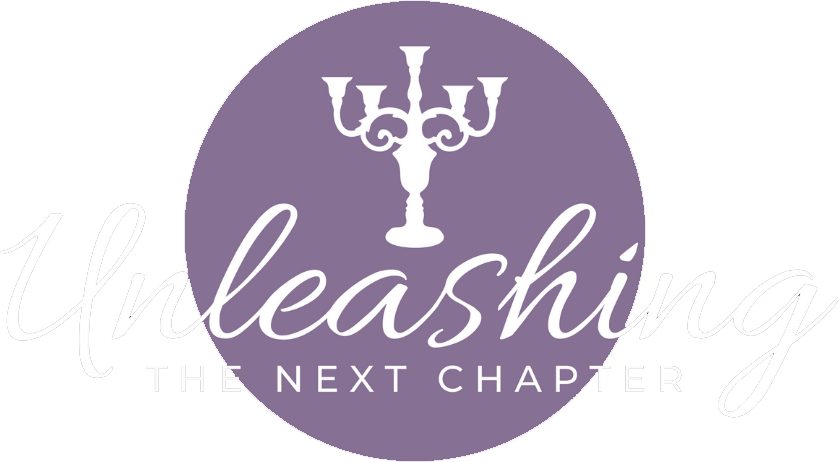I have been very fortunate to meet and become friends with a number of writers in the past four years. Two of those friends invited me to join in on the author blog hop that’s making the rounds. I said yes right away. Unfortunately after committing, I discovered that the friends I thought I could link to for the next round have already participated, don’t blog, or don’t put personal info on their blogs. Since Scott and James have already mentioned me and linked my blog to theirs, I am still going to post my writing process, but I apologize to all that my leg of the hop will stop here.
Scott Bell—author of four novels and his current WIP is the third Sam Cable novel, set in modern-day Texas– tagged me to participate. He said to follow the questions that everyone in the hop answers. Since Scott has always given me good advice in critique group, I will follow his directions here.
The very next day James Reid also asked me to join the hop. James is the author of the police procedural, Partners in Crime, and I was honored to be the first to review it for him on Goodreads and my site. I think James and I joined Writers’ Guild of Texas about the same time, and it’s been nice to have a friend with whom to figure out the path to publication and platform-building.
Please check out the many other authors participating in this blog hop. Regardless of what genre you prefer, these are some very creative and helpful writers you should know about. Now on to my writing process…
Q: What am I working on? My first real novel is a medical thriller with an ex-FBI agent posing as a patient to help catch a serial killer. The working title is Torn Between the Two, and it’s over half finished. Actually it was half finished two years ago, but I was convinced something didn’t work, so I put it away for six months and then started over. The good news is that I’ve gotten a lot of excellent feedback from my critique group, so I believe I’m on the right track now. I hope to have it finished before the end of 2014.
My second novel is already being story-boarded, and some character bio and setting development is complete. It will be a murder mystery set in Dallas in the 1960s. I never intended to be working on two novels at the same time, but the characters wouldn’t leave me alone and kept demanding my attention during a few months of insomnia. (What?!? Doesn’t everyone tell themselves stories when they can’t sleep?) And my third novel (I know, I need a twelve-step program) will be a historical fiction with a mystery to uncover. The story revolves around four sisters who were little girls in WWII Germany. They were sent to live with relatives in the US for their safety. I really didn’t want to start on this, but I realized that my eye-witness resources are now in their 70s, and if I wanted to get good interviews and research I couldn’t wait.
I also have two non-fiction books in progress. The first one is about service dogs in general, and my service dog Gizmo is particular. The second is a Bible study over illness and healing. I wrote and taught the material last year as a Wednesday night class, and was encouraged to develop it into a book. I am very excited about both of these projects.
Q: How does my work differ from others of its genre? Torn Between the Two is definitely a medical thriller, but I haven’t seen any others of this genre where the story is told from a patient’s perspective. The bulk of the story is told in first-person, present tense. The book about Gizmo and service dogs will be told partially by me, and partially by Gizmo. (Isn’t it amazing what Service Dogs can do?!?) I set up a Facebook page for Gizmo years ago, and since so many children were interested in his training and experiences, I write it in what I imagine his voice is. That led to the idea of him co-writing the book with me. The few books about service dogs that I have found are either picture books for children, or focus on the relationship and memories of the service dog partner. Although my book will be appropriate for children, it is intended for adults. The other books aren’t far enough along yet for me to tell what makes them distinct.
Q: Why do I write what I do? I am curious and interested in everything. I know that is coming out in the variety of projects I’m working on. I’ve been reading Victorian literature and whodunits since I was in elementary school. Everything I have ever tried to write has had an element of mystery to it. It’s not even the mystery of who killed whom that drives me, but figuring out the hows and whys. What causes people to behave the way they do is the question that keeps me turning the pages of fiction and non-fiction alike. And I love research. I find that by tackling topics that intrigue me, I get to do a lot of research and learn a lot in the process.
“The cure for boredom is curiosity.
There is no cure for curiosity.”
― Dorothy Parker
Q: How does my writing process work? I am very eclectic in my process. Having come from a journalism and academic background, I combine planning and “pantsing” as needed. Each of my stories start with the main characters and a scene in my head. That gives me the general setting, and then I start getting to know my characters better. I ask them questions until I figure out what their story is. Once I have the basics of the story, I scribble out a quick outline covering the eight points of the story arc/archetypal hero’s journey. Once I have my eight points, I break it into five acts (I studied Brit Lit and love Shakespeare–the five act structure just makes intuitive sense to me). This basic outline isn’t set in stone, but it helps me pace my story and make sure I have all the basics in play before my imagination starts running wild. After that I think of scenes and where they would best fit in the story. I tend to do this with post-it notes on a wall. While I’m developing the scenes on post-it notes and mapping out my story, I build individual character bios and do some initial research into the setting and possible issues. I also keep a master list of all my characters, noting relationships and how vital they are to the story.
Now I’m ready to start writing. I know the beginning and ending of the story at the outset, and I write the scenes that are the clearest to me first. I pretty much ignore my outline at this point and just enjoy seeing what happens. I tend to think of that outline as a road-map–it’s there if I get lost or stuck, but as long as I’m enjoying the journey I am happy to see where the side roads take me. Some of my stories turned out exactly as planned, but many were complete surprises.
As far as the daily writing process, I find I draft better later in the day, 8 p.m. to midnight being my prime time. But since I am often home alone in the afternoons, that is my second best time. I am useless in the mornings, so that tends to be for brain-dead work (laundry & dishes) or reading or journaling. When I sit down to work, I start by reading the last chapter I wrote. I will revise and edit as I get back into my fictional world. Then comes the next scene. I may have a basic thought when I start (female MC and her daughter get in an argument about xyz), but that’s all I usually know until after I write it. After I finish writing that scene, I usually brainstorm what might happen next and do any research it will require. Then I stop for the day to let that all percolate in my imagination so I have an idea of where I will start my next writing session.
I have been typing my stories, papers, reports, and articles for years, but last summer I started experimenting with writing longhand. My critique group has said repeatedly that my dialog tends to be too stilted and formal (years of academic writing, perhaps). I have discovered that when I write with a computer I tend to write more formal English whereas when I write by pen and notebook it’s more informal and regional. Intriguing. Perhaps a topic for another post.
I studied and taught composition, and am fascinated by everyone’s writing process. Please share what works for you in the comments.



Leave A Comment